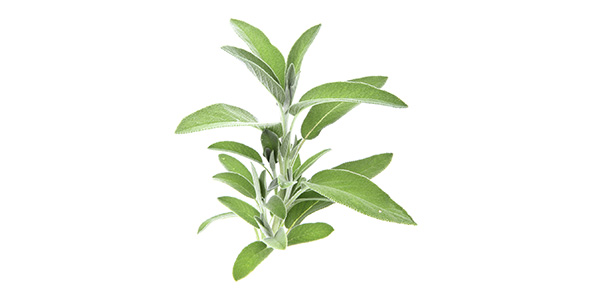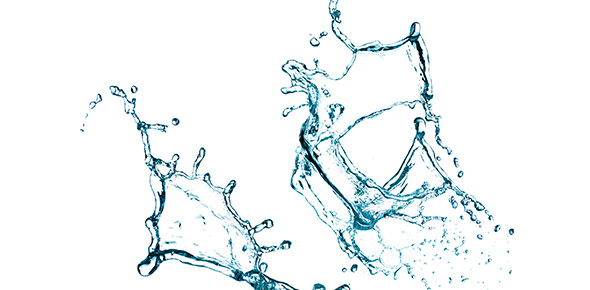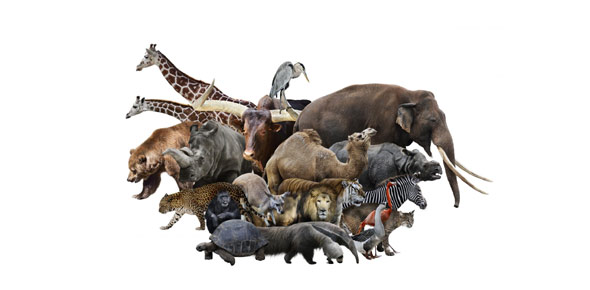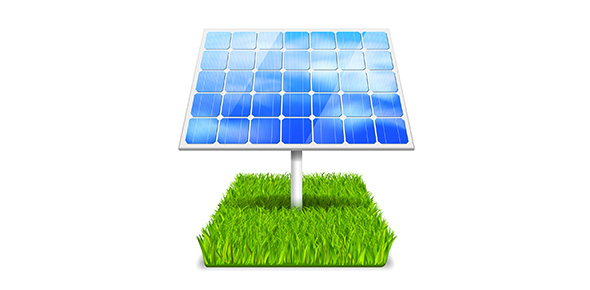Related Flashcards
Cards In This Set
| Front | Back |
|
Distinguish between autotrophic and heterotrophic nutrition.
|
Autotrophic; makes own food
Heterotrophic; live on compounds produced by other organisms |
|
Describe the location and structure of the chloroplast; list all membranes and compartments
|
Found mainly in the cells of mesophyll. Includes intermembrane, stroma and thylakoid.
Have chlorophyll = green pigment |
|
Write a summary equation of photosynthesis
|
6 CO2 + 12 H2O + Light energy ->C6H12O6 + 6 O2 + 6 H2O
|
|
Describe the two main stages of photosynthesis in general terms
|
Light reactions; Photo part - across thylakoid membranes and produces ATP and NADPH
Calvin cycle; Synthesis part - in stroma and produces sugar |
|
Describe the relationship between an action spectrum and an absorption spectrum
|
Action spectrum; Profiles the relative effectiveness of different wavelengths of radiation in driving the process
Absorption spectrum; A graph that plots a pigment's light absorption verses wavelength |
|
List the wavelengths of light that are most effective for photosynthesis.
|
Red and Orange
|
|
Explain what happens when chlorophyll or accessory pigments absorb photons
|
The electrons from chlorophyll a are picked up by an acceptor molecule and sent through the cytochrome system. Electrons from chlorophyll b and the accessory pigments replace the electrons from chlorophyll a
|
|
Explain the role of redox reactions in photosynthesis
|
Photosynthesis involves the reduction of carbon dioxide into sugars and the oxidation of water into molecular oxygen.
|
|
List the components of a photosystem and explain the function of each component
|
Photosystem II
Photosystem I |
|
Trace the movement of electrons in noncyclic electron flow
|
2 electrons taken from water - electron from water replaces electron lost by the reaction center chlorophyll
|
|
Summarize the light reactions with an equation and describe where they occur
|
12H2O + 12NADP + 18ADP + 18Pi → 6O2 + 12NADPH + 18ATP
On the thylakoid membranes in the chloroplast. |
|
Describe important differences in chemiosmosis between oxidative phosphorylation in mitochondria and photophosphorylation in chloroplast
|
OPM: High energy electrons dropped down the transport chain are extracted from organic molecules PC: source of electrons is water; don't need molecules from food to make ATP - they capture light energy
|
|
State the function of each of the three phases of the calvin cycle
|
Carbon Fixation: Attaches each CO2 molecule to a five carbon sugar names ribulose bisphosphate - 3CO2 + 3RuBP -> 6 3-PG [rubisco]
Reduction: 6 3-PG -> (6ATP 6ADP 6NADP+) 6 G3P -- 1 G3P exits the cycle, 5 G3P continue to phase 3 Regeneration of the CO2 acceptor: 5 G3P -> (3ATP 3ADP) 3 RuBP -- The 5 G3P molecules are rearranged to regenerate RuBP |
|
Describe the role of ATP and NADPH in the calvin cycle
|
ATP = helps with respiration and gets ATP from photosystem I
NADPH = from photosystem II |







